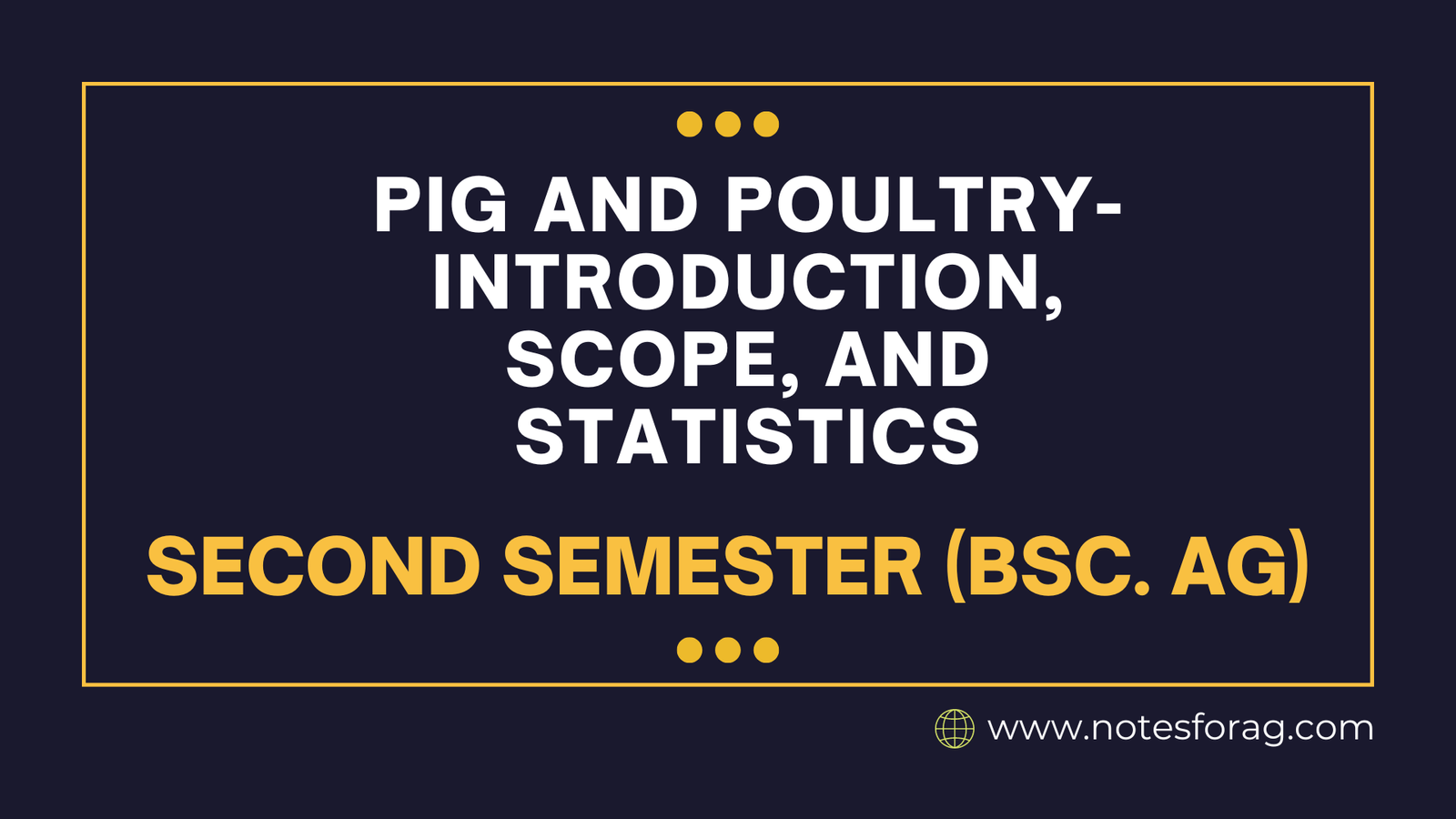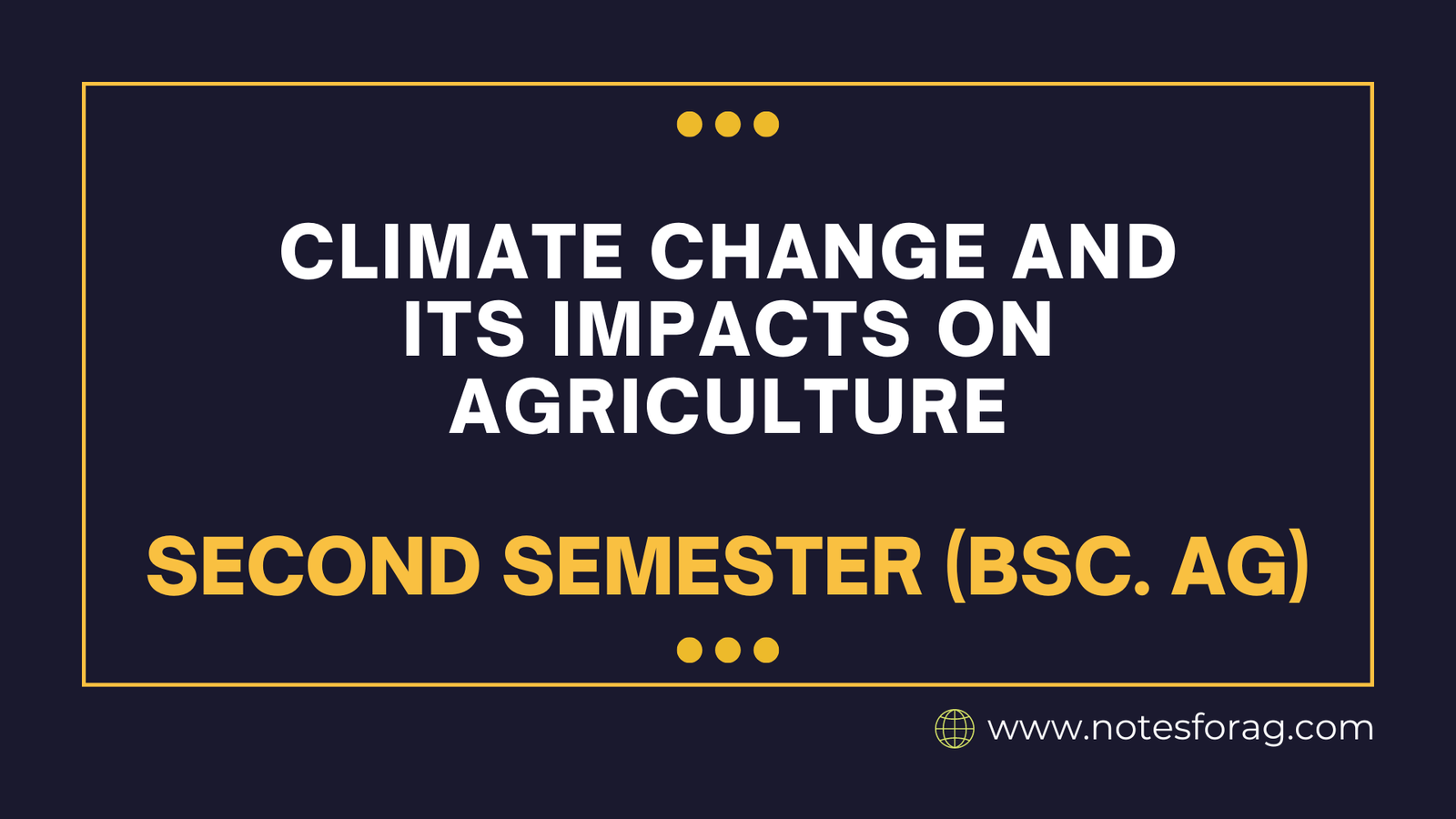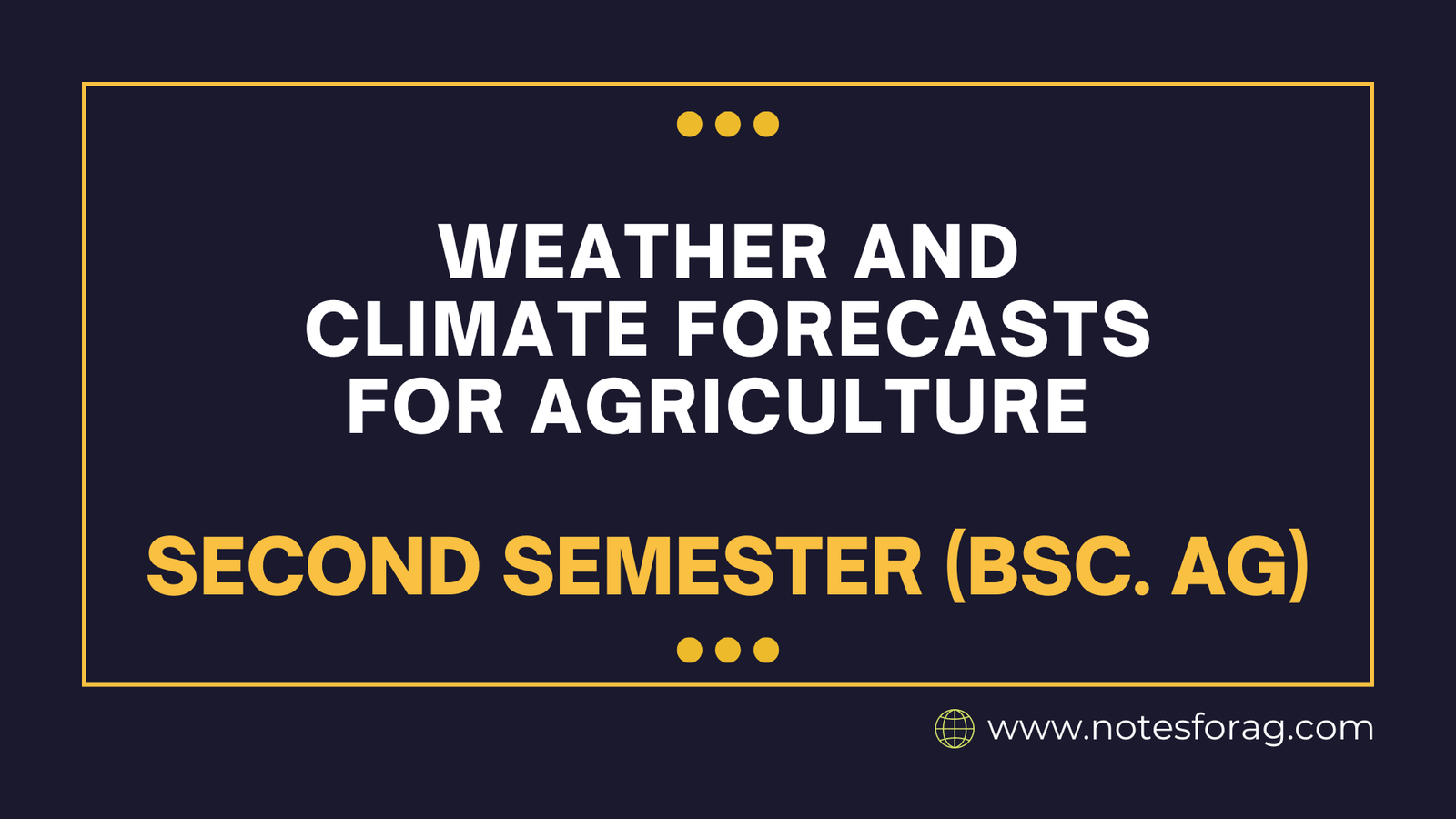Care and Management of newborn pigs
The care and management of newborn pigs, usually known as piglets, is crucial to their survival and proper development. Piglets should be kept warm and dry right after birth because they are prone to hypothermia. To avoid infections, ensure that the farrowing environment is clean and well-bedded. Piglets’ immunity depends on receiving colostrum from the … Read more










